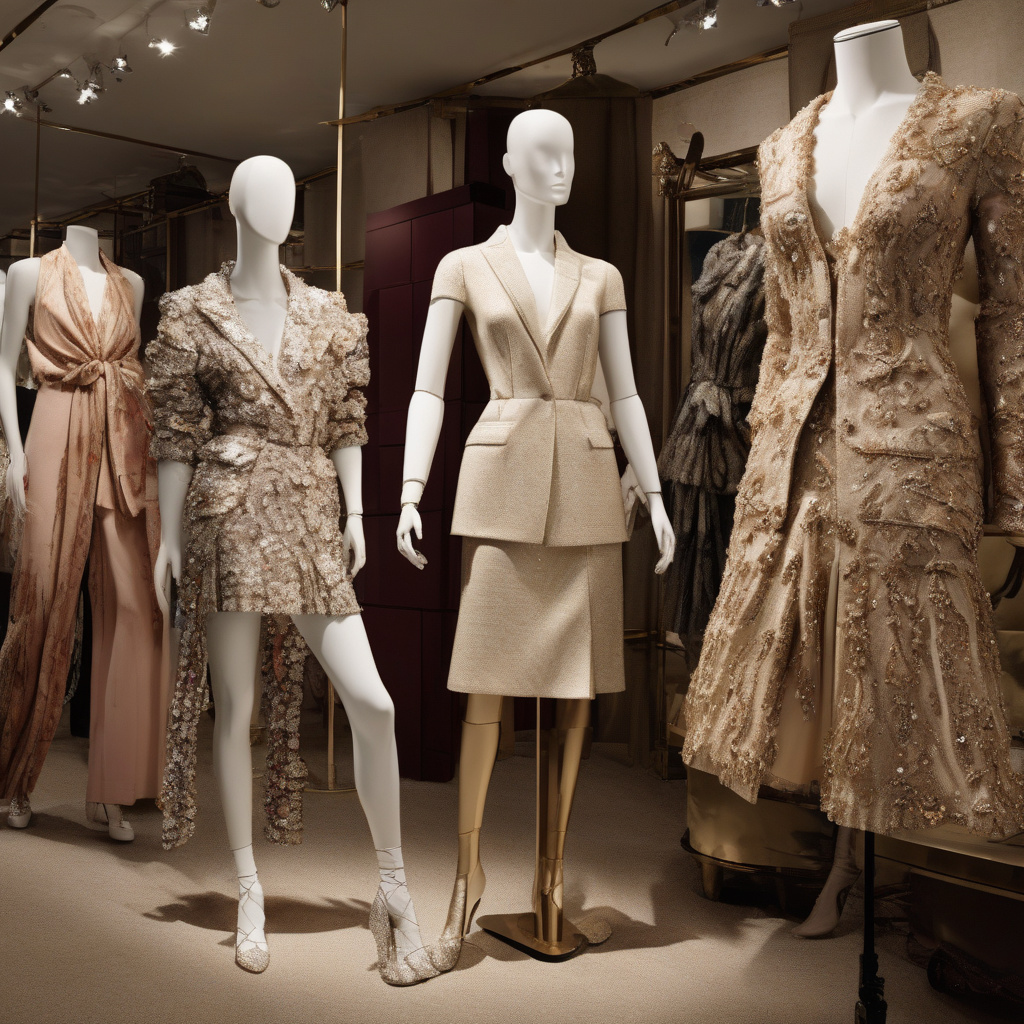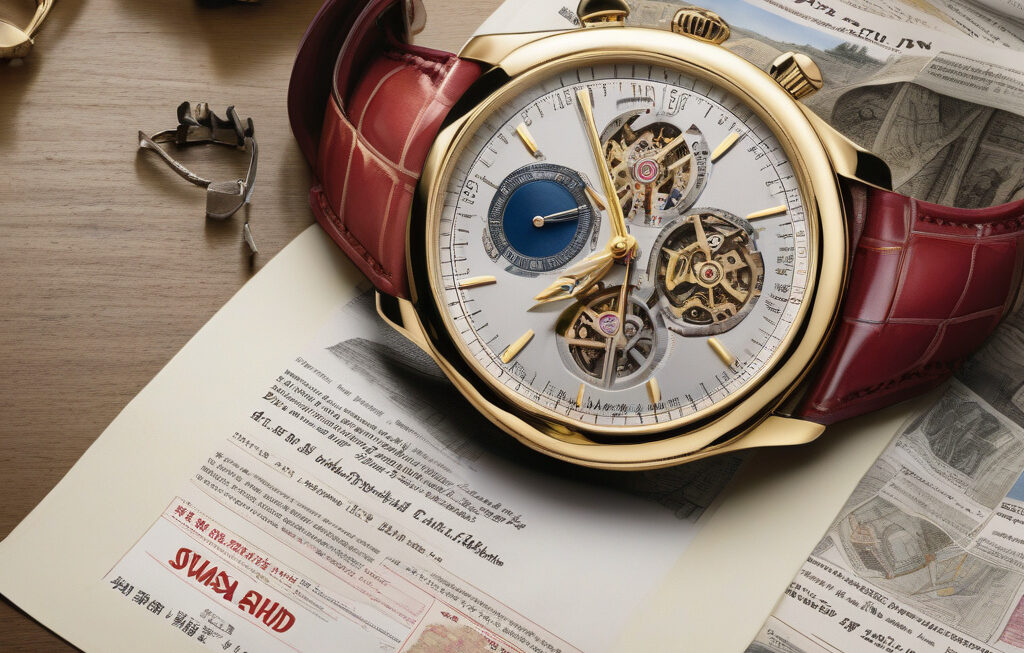Explainer: How Trump’s Tariffs Threaten Luxury Fashion
The recent shifts in US trade policy under the Trump administration have sent shockwaves through various industries, and luxury fashion is no exception. While it may seem like increased tariffs won’t significantly impact retail prices immediately, the ripple effects on the global economy and consumer sentiment could pose a serious threat to an already fragile sector.
Luxury fashion brands have been grappling with challenges in recent years, from changing consumer preferences to the rise of e-commerce. The last thing they need is further instability caused by escalating trade tensions. The threat of tariffs looms large over the industry, potentially disrupting the intricate web of global supply chains that these brands rely on.
One of the primary concerns for luxury fashion houses is the potential increase in production costs. Many of these brands manufacture their goods in countries like China, which has been a target of the Trump administration’s trade policies. If tariffs are imposed on goods imported from such countries, it could significantly raise the cost of production for these brands.
While some argue that luxury fashion is immune to such price increases due to its exclusive customer base, the reality is more nuanced. The luxury market is highly dependent on consumer sentiment and perception. Any signs of economic instability or price hikes could deter even the wealthiest customers from making purchases.
Moreover, the interconnected nature of the global economy means that a disruption in one part of the supply chain can have far-reaching consequences. Even if a luxury fashion brand manages to absorb the increased production costs without passing them on to consumers, other economic factors could still impact its bottom line.
In a market already struggling to recover from a significant drop in demand, the added uncertainty brought about by trade tariffs could further dampen sales. Luxury fashion brands rely on a delicate balance of exclusivity, craftsmanship, and brand image to attract customers. Any disruptions to this balance could have lasting effects on their business.
It’s not just the direct impact of tariffs on production costs that luxury fashion brands need to worry about. The broader implications for the global economy could also play a significant role. A slowdown in economic growth, trade wars, or geopolitical tensions could all contribute to a decrease in consumer spending on luxury goods.
In conclusion, while the immediate effects of Trump’s tariffs on luxury fashion may not be readily apparent in terms of retail prices, the indirect consequences could be far more damaging. From increased production costs to a decline in consumer sentiment, the luxury fashion industry is facing a perfect storm of challenges. It remains to be seen how brands will navigate these turbulent waters and whether they can emerge unscathed.
luxury fashion, Trump tariffs, global economy, consumer sentiment, retail prices












